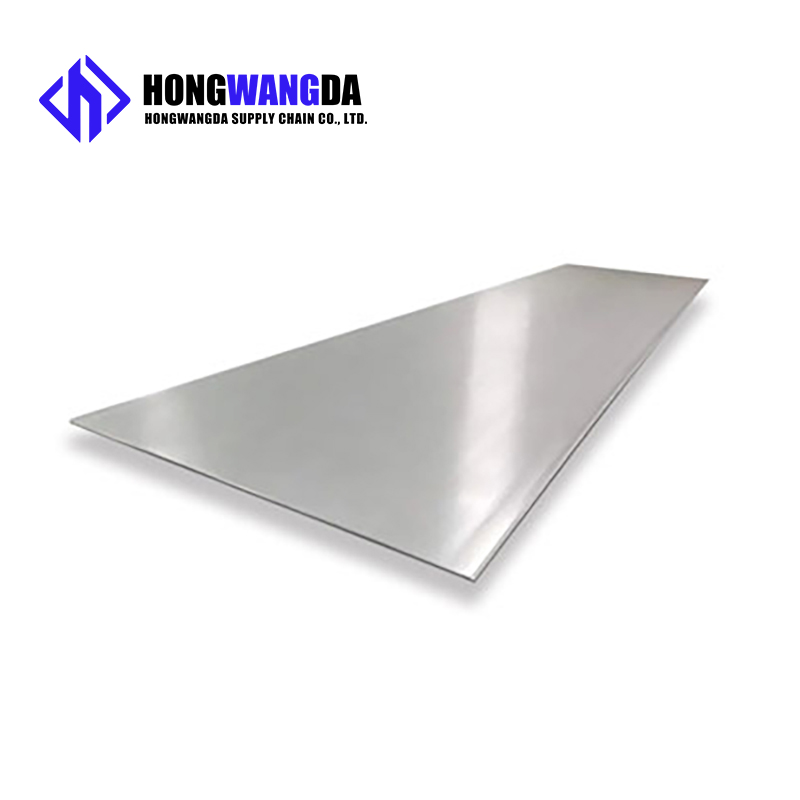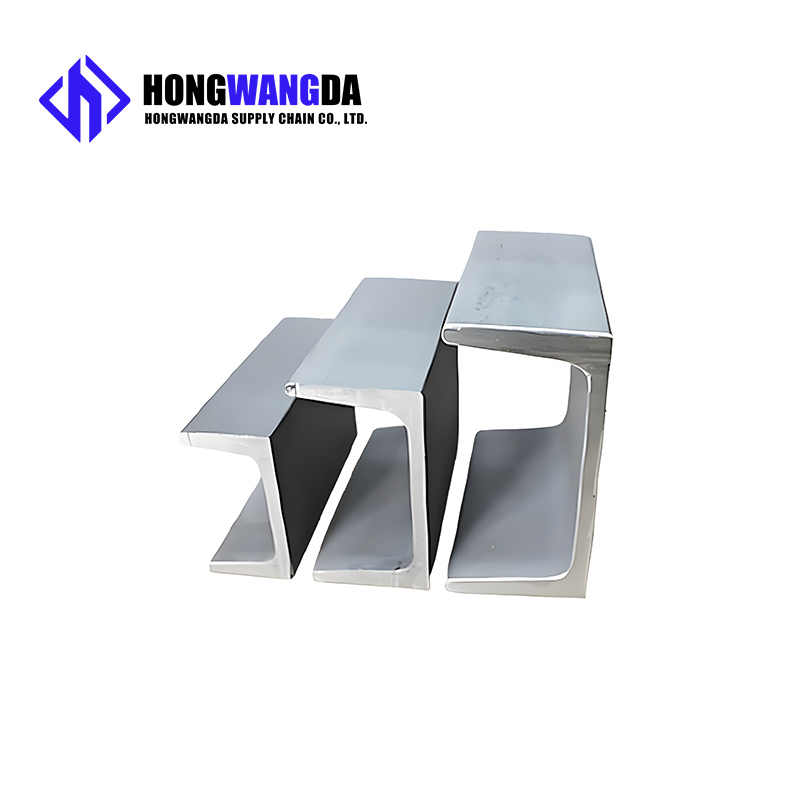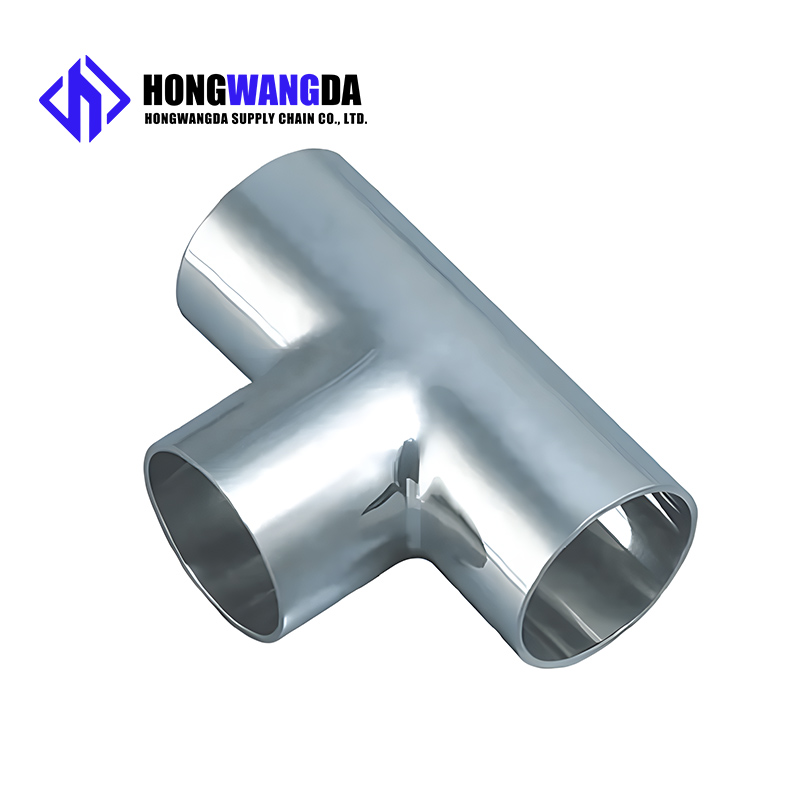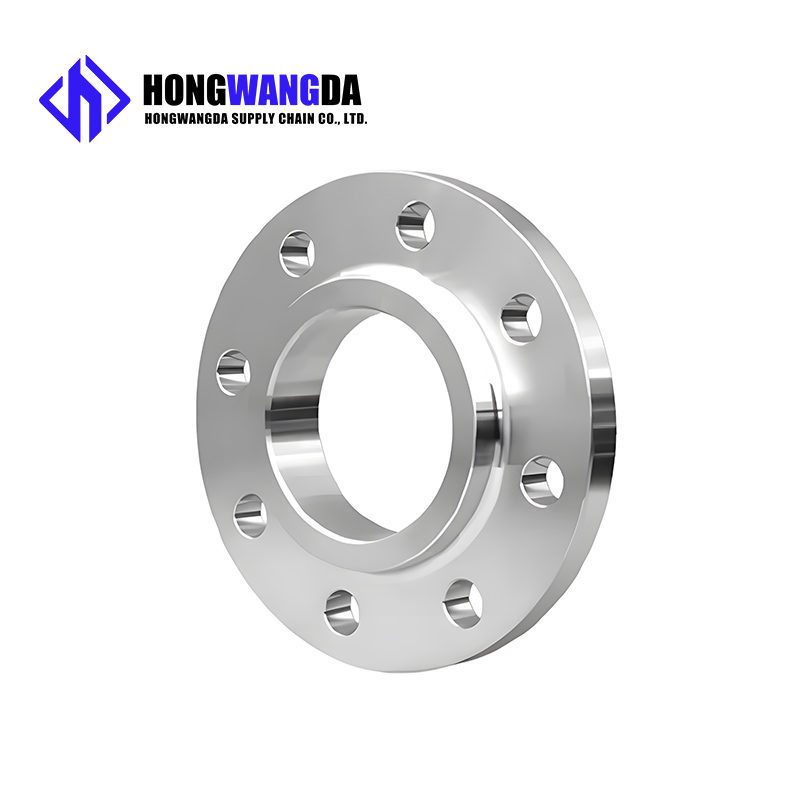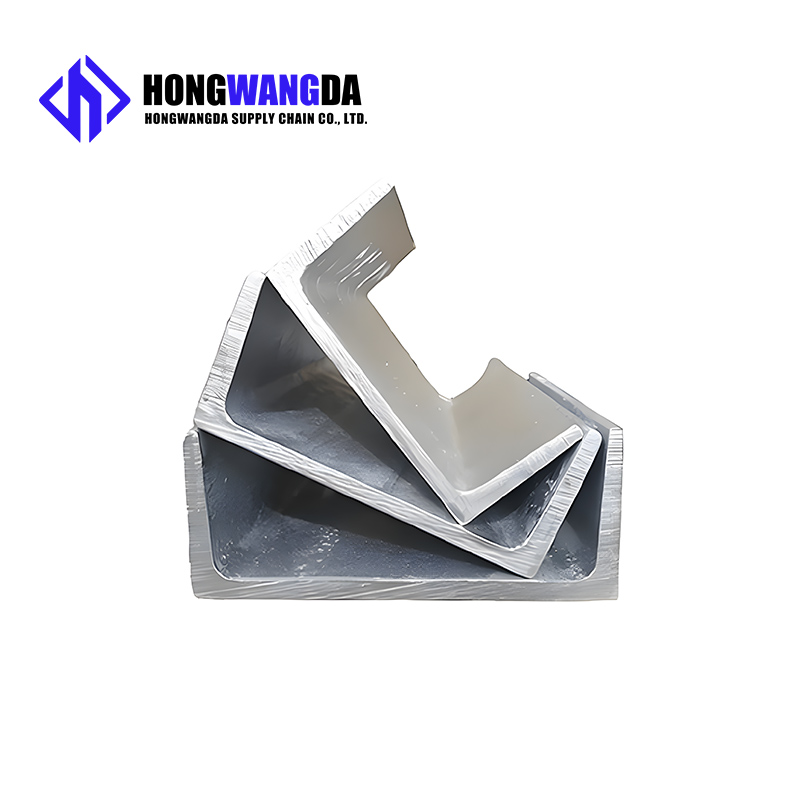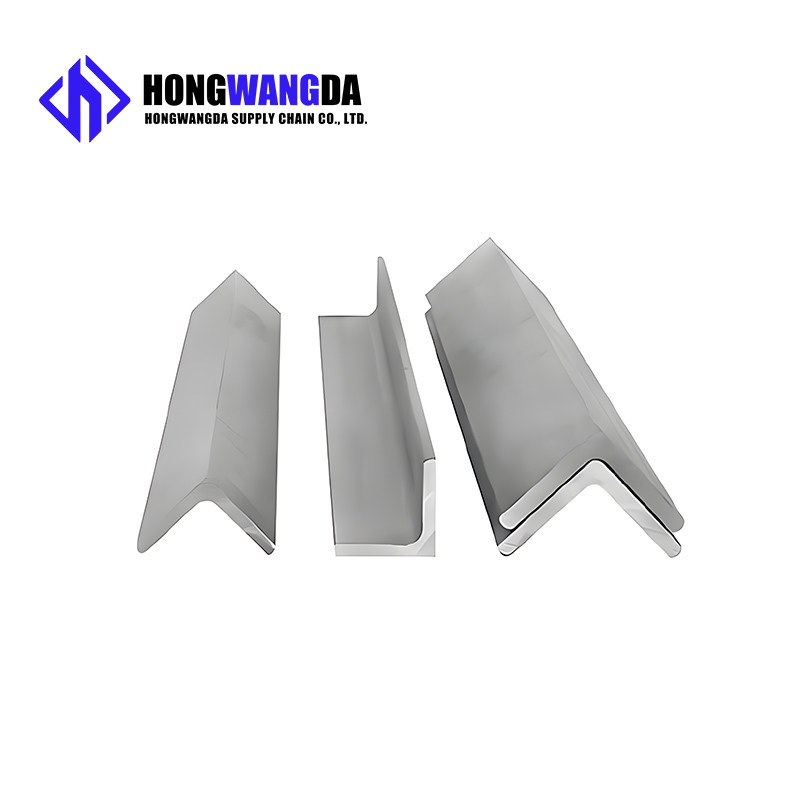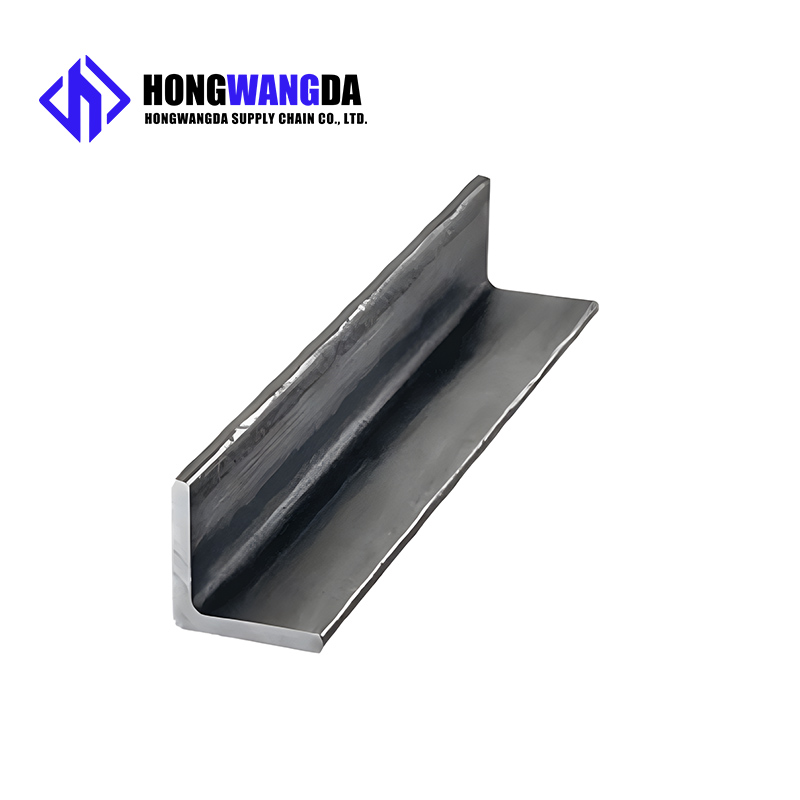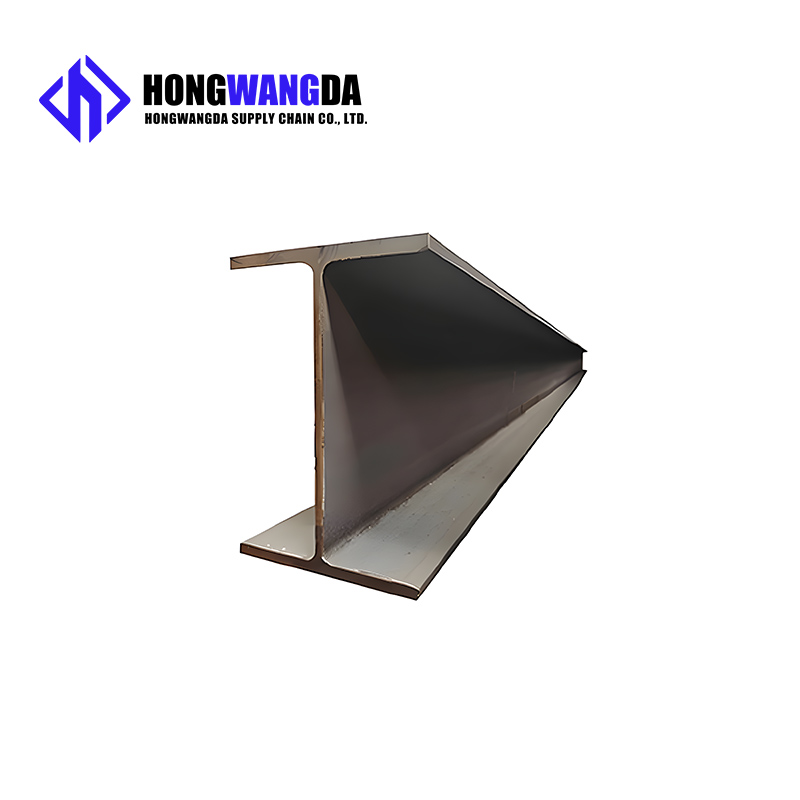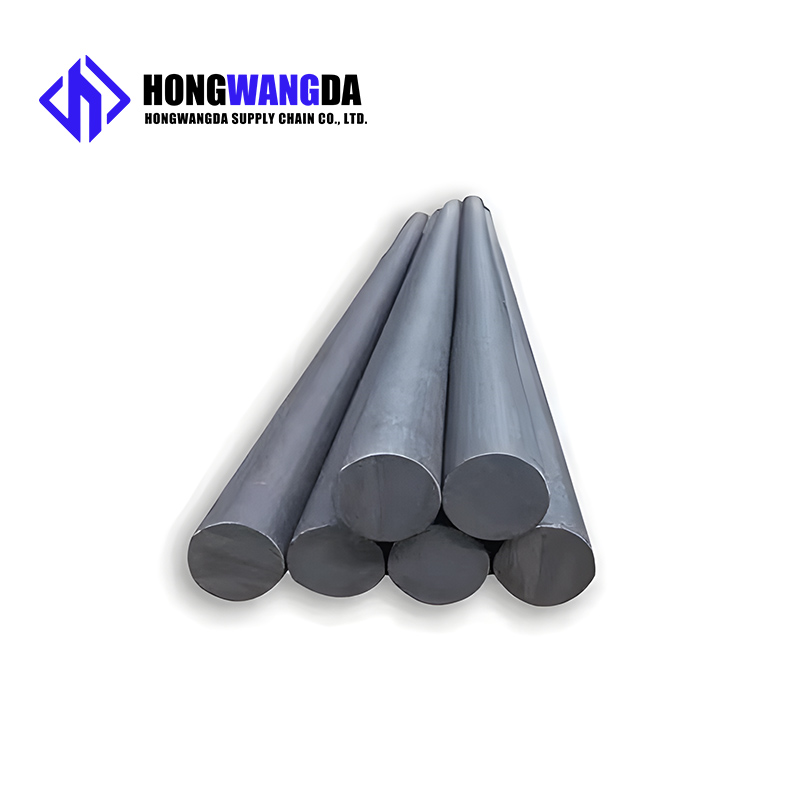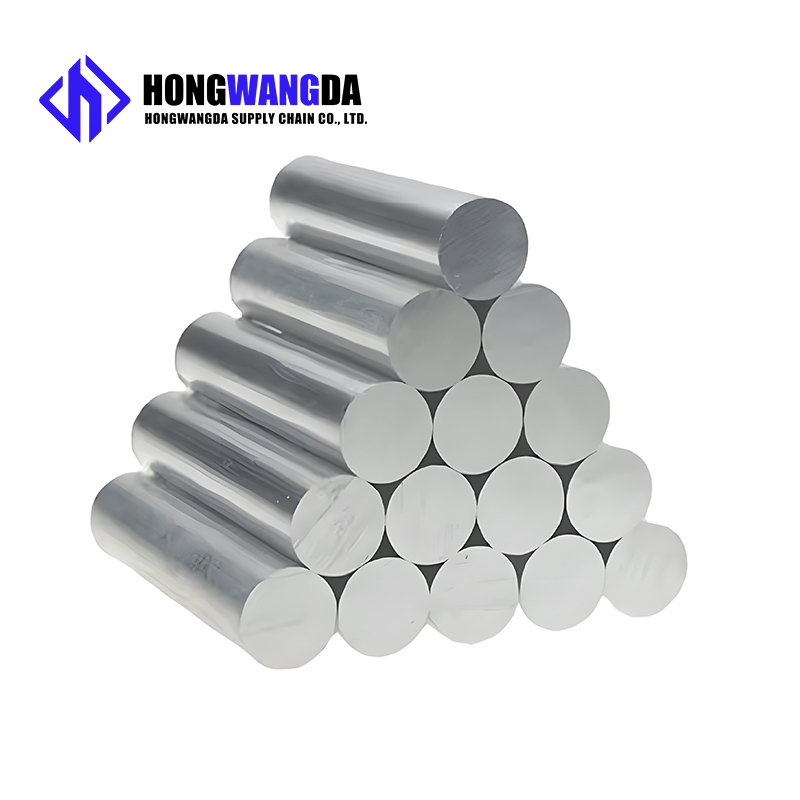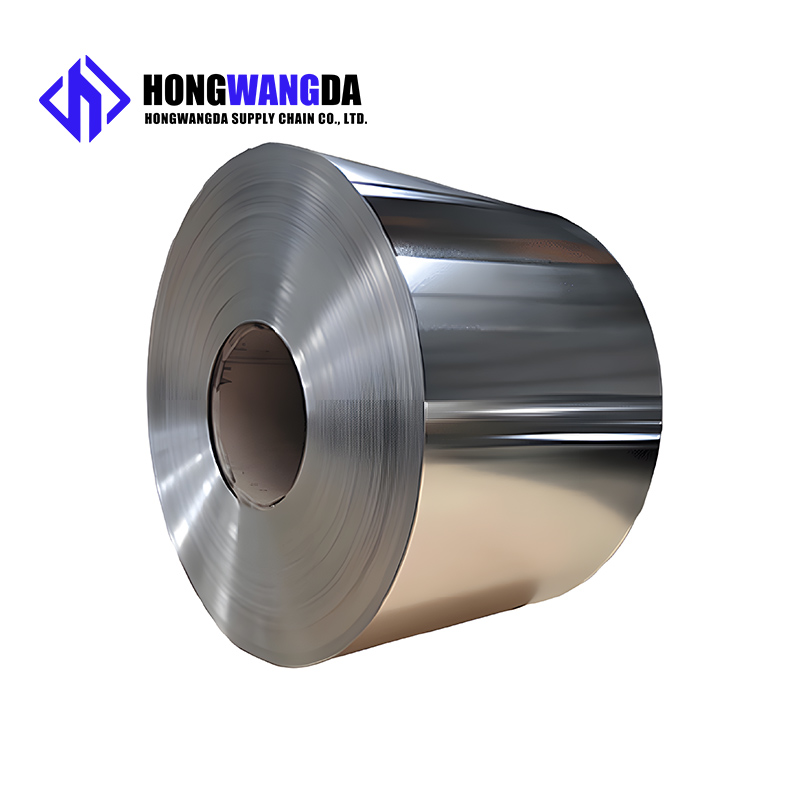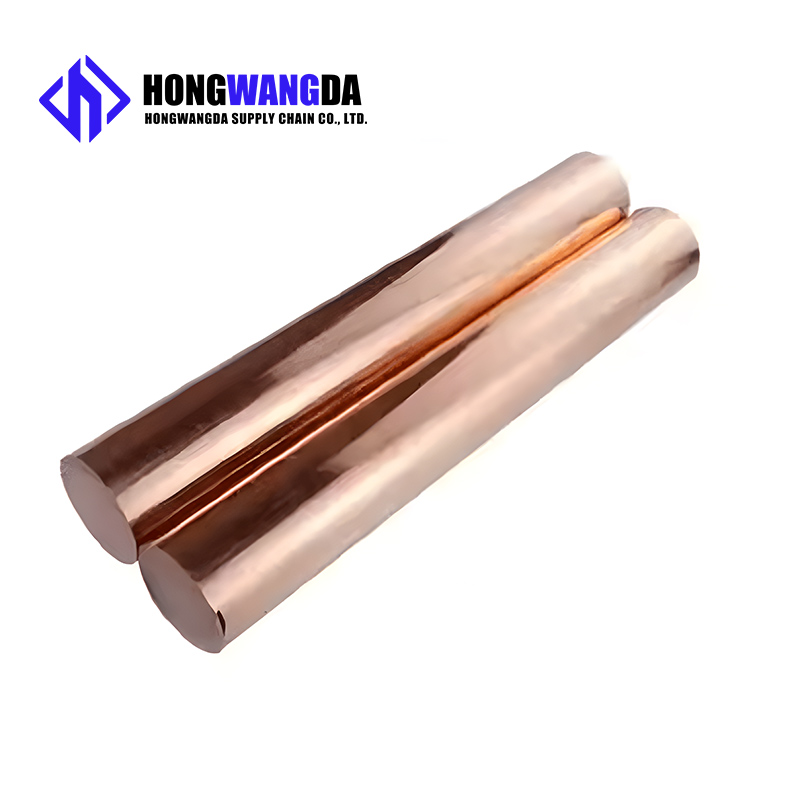◉ PRODUCT SPECIFICATION
1. Standard Designations
UNS: S20100
ASTM: A240/A240M
GB/T: 12Cr17Mn6Ni5N (Old designation: 1Cr17Mn6Ni5N)
2. Chemical Composition (% by weight)
3. Mechanical Properties (at Room Temperature, for Annealed Condition)
(Note: 201 typically has a higher yield strength and hardness compared to 304, but lower ductility.)
4. Physical Properties (Typical)
5. Corrosion Resistance
General Corrosion: Moderate resistance to atmospheric corrosion and mild oxidizing environments. It is not recommended for use in acidic, chloride-rich, or harsh chemical environments where 304 or 316 would be specified.
Pitting & Crevice Corrosion: Resistance is limited due to lower chromium and nickel content, and the absence of molybdenum.
Intergranular Corrosion: Susceptible to sensitization in the as-welded condition due to its carbon content. For welded applications, the low-carbon version 201L is recommended.
Pitting Resistance Equivalent Number (PREN): ~16-18, which is lower than the ~19 for 304.
6. Available Product Range (Plates)
7. Typical Applications
Decorative & Architectural: Interior trim, wall panels, handrails, and elevator interiors.
Household Appliances: Sinks, kitchenware, dishwasher liners, and decorative parts.
Automotive: Mufflers and decorative trim (non-structural).
Consumer Products: Food serving equipment, hollowware, and cookware where high corrosion resistance is not critical.
◉ Surfcae selection
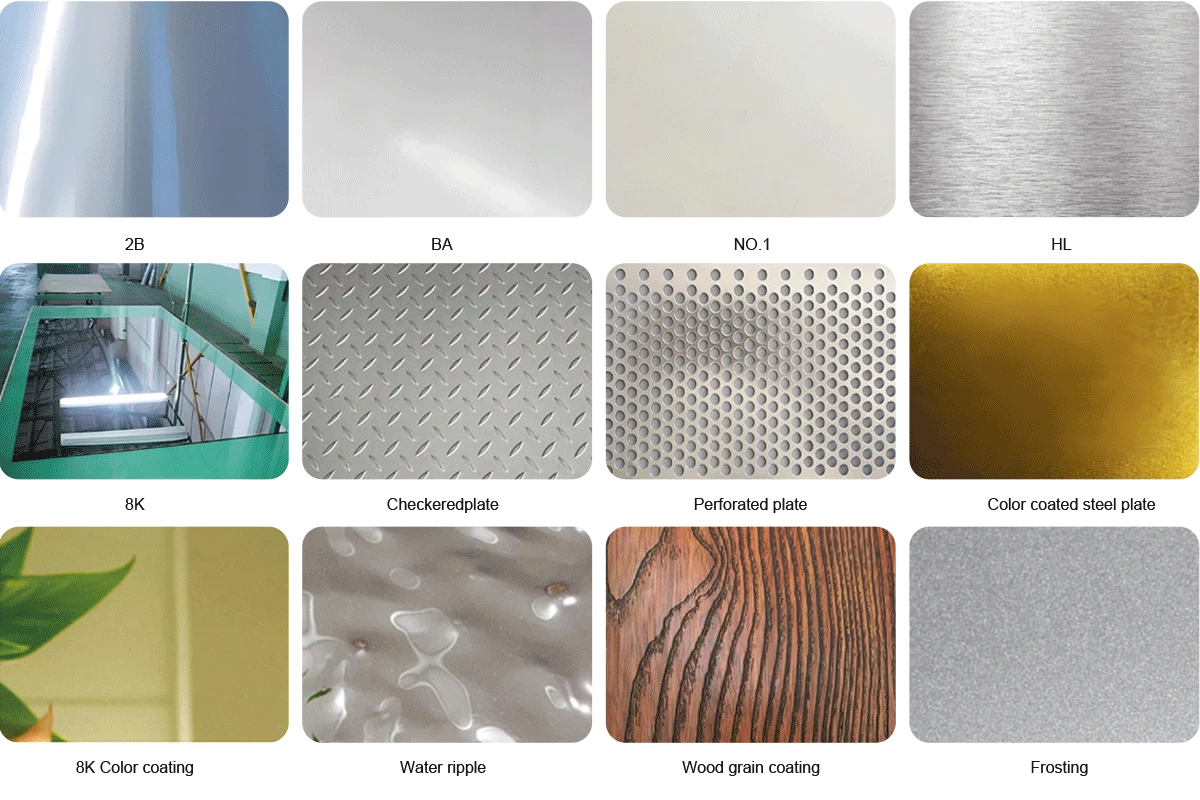
◉ PRODUCTION AND WAREHOUSING
◉ MESSAGE
◉ SIMILAR RECOMMENDED



